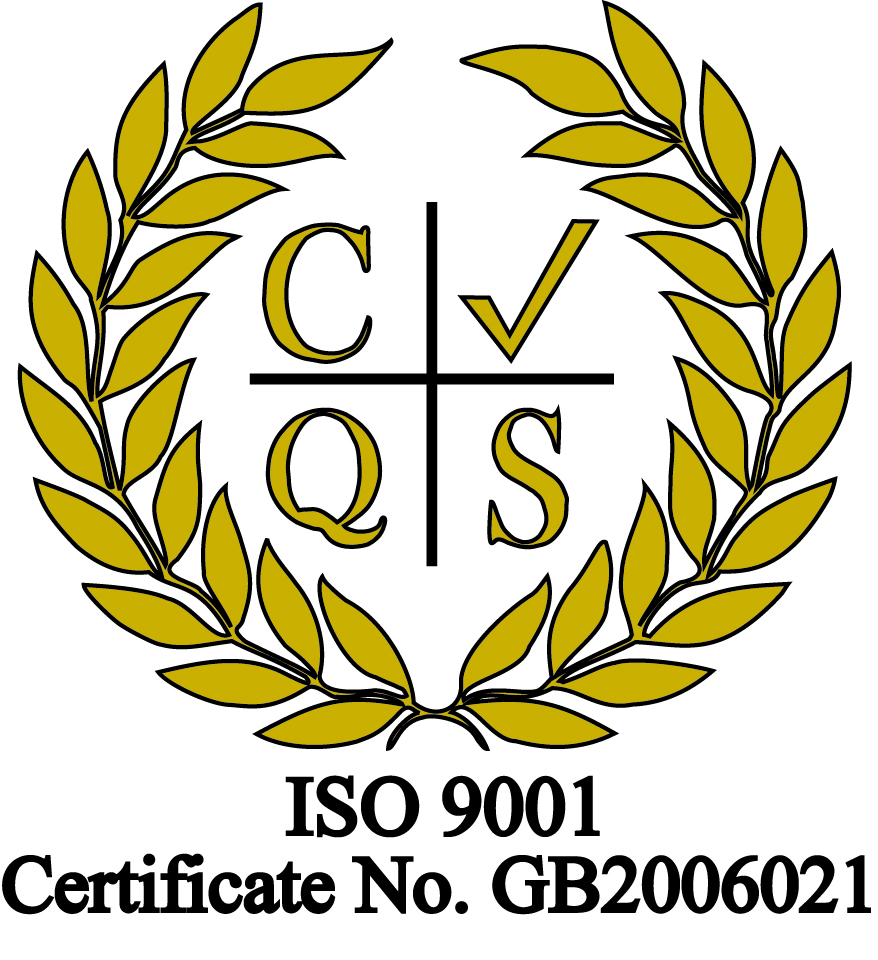What is PVE testing?
PVE testing plays a key role in verifying that fault detection, emissions controls, and monitoring systems function correctly before vehicles reach customers.
It verifies whether a vehicle’s diagnostic and emissions systems perform correctly in real-world conditions. It also helps manufacturers verify that diagnostic trouble codes (DTCs) are correctly identified and reported within compliance frameworks.
The process typically involves:
- PVE1 – Standardised Verification: Confirms that the vehicle’s meets standardised requirements for OBD functionality
- PVE2 – Monitoring Requirements Verification: Ensures the system correctly detects and flags specific faults and conditions
- PVE3 – In-Use Monitoring Performance Verification: Evaluates the performance of OBD systems during real-world driving conditions
Challenges of in-house PVE testing
While some manufacturers handle PVE testing internally, it can present some challenges. The process is highly detailed, repetitive, and requires specialist expertise - challenges include:
- Sits outside of production workflows - PVE testing is not a continuous process, so it doesn't always align with existing workflows which can make it difficult to schedule
- Requires specialist skills - Successful testing requires personnel with a precise, detail-oriented mindset—it is a highly technical yet repetitive task
- Fault detection complexity - Vehicles can generate 400 to 500 DTCs, each must be checked, categorised, and reported correctly. Some faults are particularly complex and require real-time driving conditions and deep vehicle system knowledge
- Data reporting requirements - Each fault must be tested under specific conditions and data must be reported in a compliant format that meets industry standards
Reasons to consider outsourcing PVE
By outsourcing PVE testing, manufacturers gain access to specialist expertise and optimised processes, as well as independent validation. Key benefits include:
- Increased efficiency and cost control - testing can be performed in a cost-efficient way. Testing can be carried out on chassis dynamometers (dynos) or highways, optimising the use of dynos only when necessary
- Access to expertise and proven methodologies - third-party testers typically work across multiple manufacturers and have refined testing methodologies to drive efficiencies
- Objective validation – independent testing demonstrates best working practices and ensures an unbiased assessment of results
- Streamlined data management and reporting - PVE generates large datasets. Good outsource providers should provide structured, digestible data to aid decision-making
The LRW approach
‘We’re finding demand for PVE support is high right now. Our customers use us because of our experience as well as our proven methodology and mindset. Where we add real value is our understanding of system applications which means we can think outside the box to resolve issues. We take ownership of any problems identified and can tailor the fault insertion method to get the required result.
With PVE the devil is definitely in the detail! Given the volume of data generated in PVE testing, we ensure that we provide quality data to our clients in an efficient and digestible format - with hyperlinked documentation and summarised insights.’
Richard Threlfall, Director, LRW Engineering Associates.
Looking for PVE support? Our expert team work on PVE work packages for several leading automotive manufacturers.
To find out more, please get in touch at [email protected]

